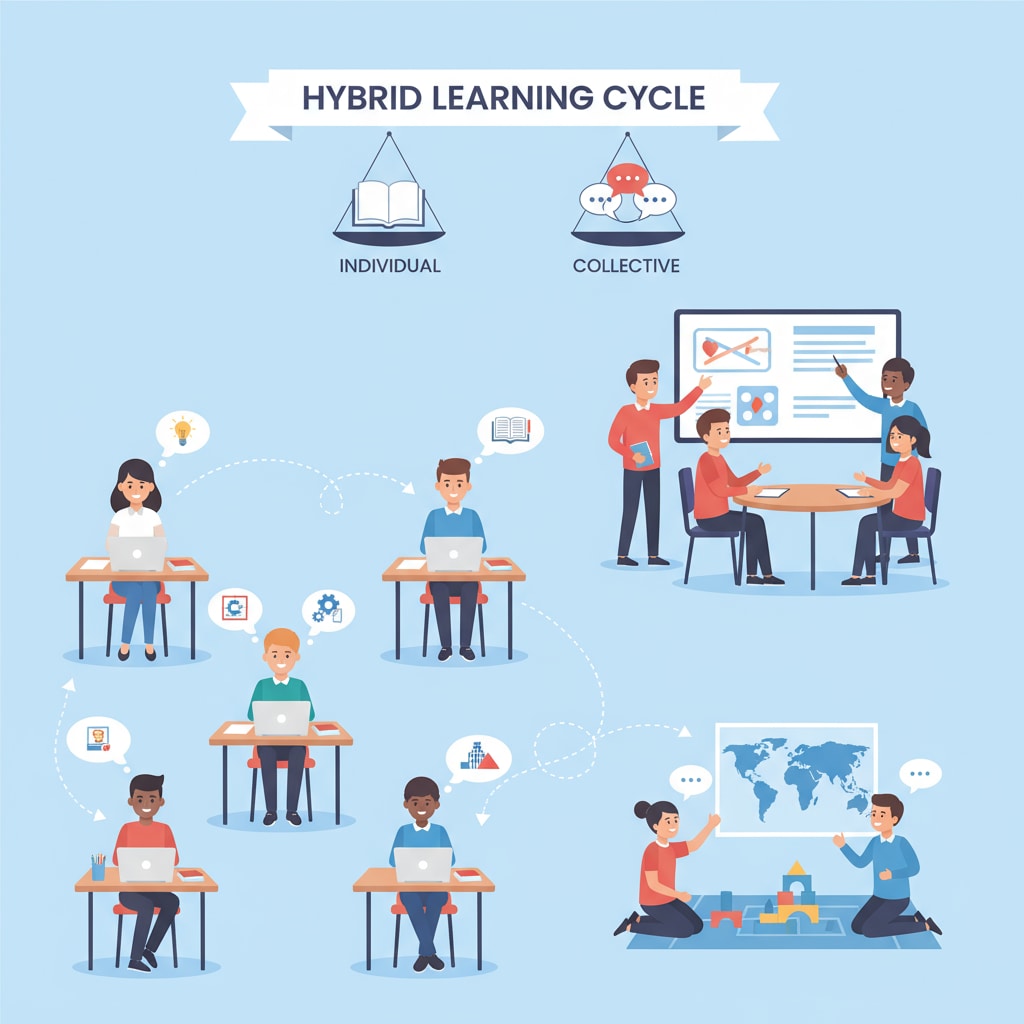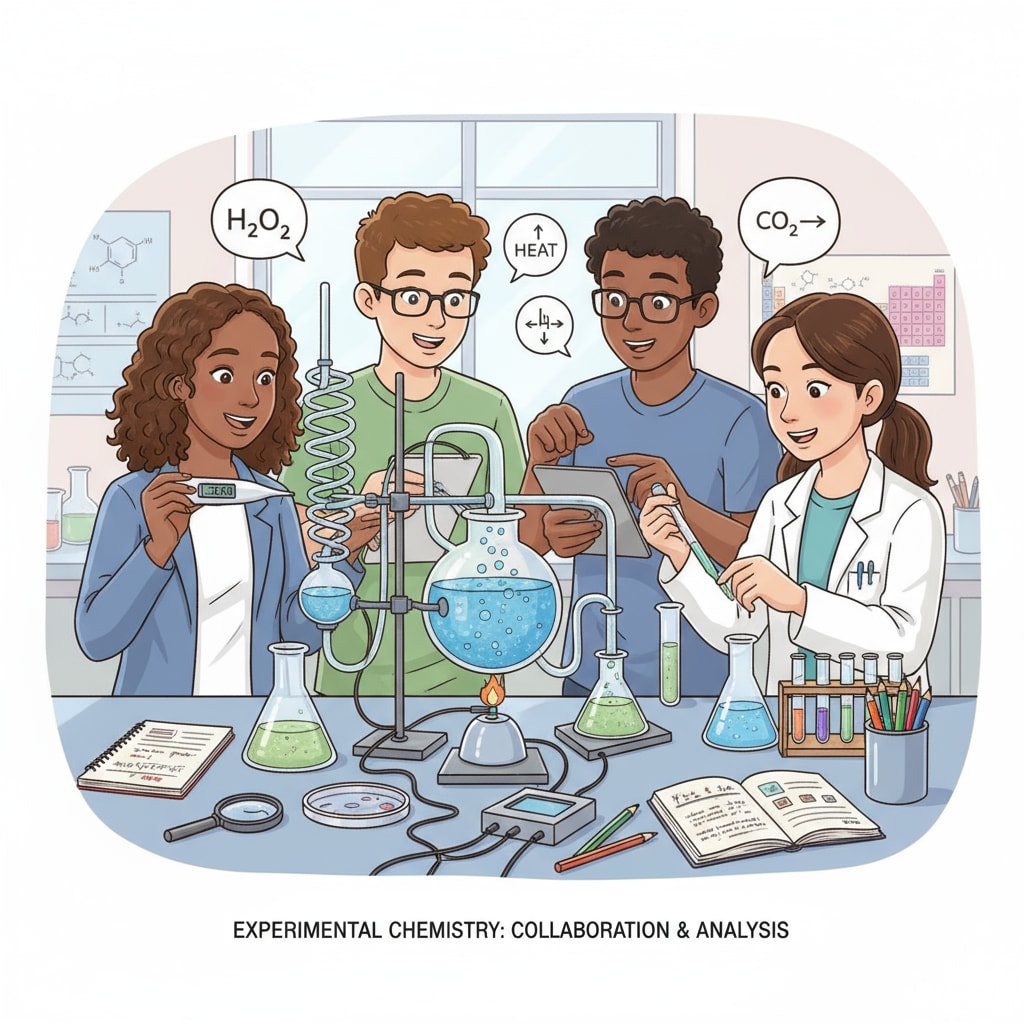The hybrid teaching cycle, transactional and transformative learning, and educational theories have emerged as significant concepts in reshaping K12 education. In the modern educational landscape, finding the right balance between structured instruction and independent exploration is crucial. The hybrid teaching cycle theory offers a unique approach to achieve this balance.

The Basics of the Hybrid Teaching Cycle
The hybrid teaching cycle is a model that integrates different teaching and learning approaches. It combines the strengths of transactional teaching, which focuses on the transfer of knowledge from teacher to student, and transformative learning, which encourages students to actively construct their own understanding. This cycle typically consists of five steps: pre-assessment, direct instruction, collaborative learning, independent practice, and assessment. Each step plays a vital role in creating a comprehensive learning experience.
Transactional and Transformative Learning in the Cycle
Transactional learning in the hybrid teaching cycle provides the foundation of knowledge. Teachers deliver information in a structured manner, ensuring students acquire essential facts and skills. On the other hand, transformative learning comes into play during collaborative and independent learning phases. Students engage in discussions, projects, and self-directed study, which helps them internalize and apply the knowledge. For example, in a science class, the teacher may first explain scientific concepts (transactional learning), and then students conduct experiments in groups (transformative learning) to deepen their understanding.

The application of the hybrid teaching cycle theory in K12 education has numerous benefits. It caters to different learning styles, as some students thrive in a structured environment while others prefer more independent exploration. Moreover, it enhances student engagement and motivation, as they are actively involved in the learning process. Additionally, this approach equips students with essential skills such as critical thinking, collaboration, and problem-solving.
Readability guidance: The article uses short paragraphs to clearly present ideas. The two H2 sections provide key aspects of the hybrid teaching cycle. Transition words like “on the other hand” and “moreover” are used to connect ideas. The use of examples helps to illustrate complex concepts, making it easier for readers to understand.


